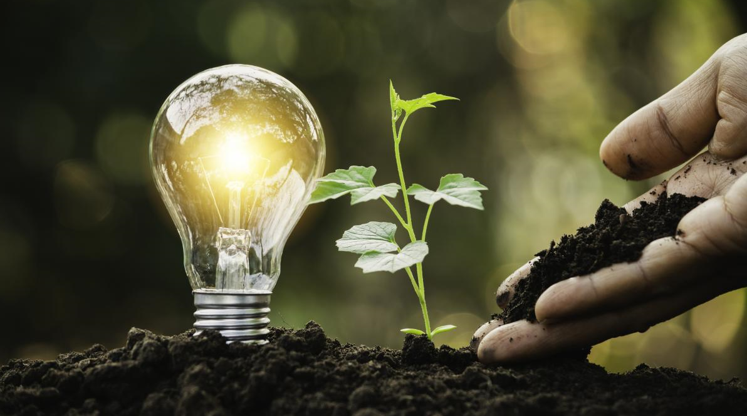Changing Policy of Energy States - Loading up on Debt to Shift to a Greener Future?
The pandemic has sent ripple effects across global economies, and it has been keenly felt by the Gulf States and others in the Middle-East with falling oil prices. So far, the Gulf Co-operation Council has issued $100bn of local and corporate debt. The region’s 11 oil-and-gas-producing economies owed 25% of their GDP in 2016; this will now grow to 47% next year according to the IMF. Saudi Arabia’s debt to GDP ratio alone is set to double to 34% from where it was in 2017.
The increase in borrowing does not necessarily indicate wholesale change, but with capital being so cheap (a 35-year tranche of Saudi Eurobonds issued in January had yields below 4%) it is an opportunity to chart a different course. Indeed, Saudi Aramco have pledged to invest $50bn to their renewable arm by 2030. They are not alone in such proclamations, with Rosneft and Novatech other oil-and-natural-gas companies pivoting to greener energy. While investment in renewables is a noble pledge, the pivot is slow. A KPMG report earlier this year stated that Shell, Total, BP, Eni and Equinor were leaders in investment in renewable energy in their sector, with 3-5% of the company’s investment directed towards that aim. The aforementioned sum by Saudi Aramco amounts to 1,7% of their total investment. Therefore, while the large players have made laudable commitments, green energy remains a long-term goal while the medium-term sees investment in increasing the efficiency of current resources.
A major reason for this is the pledge across the industry to achieve carbon net-neutrality by 2050. Rosneft for example announced that it had invested half of its total investment in renewables on gas, but natural gas is the immediate course these organisations are charting. Investments in research are there to increase overall efficiency of the extraction process and reduce waste, but few companies have outright pledged to reduce the amount of natural gas and oil they are extracting. However, market forces will inevitable pull the industry away from this way of thinking. Indeed, the EU Green Deal is a huge step forward to allow institutional investors to take advantage of sustainable projects. The global green bond market is expected to grow to $1trn by the end of 2021, and then double to $2trn by the end of 2023. EU regulation will greatly benefit the process, aligning the taxonomy and clearly defining the ‘use of proceeds’ and environmental impact by producing clear reports.
Ørsted, a Danish renewable energy company issued just under £400m of green bonds to finance its off-shore wind project in Taiwan. Support by the local investment community will be key in driving global renewable energy projects. Initiatives of this kind can also provide an idea of how it can be scaled by larger energy organisations as they transition from polluting sources of energy to a greener future. The process, therefore, is slow, but it is certainly underway.
Sources:
https://www.economist.com/middle-east-and-africa/2020/11/05/arab-states-are-loading-up-on-debt
https://www.vedomosti.ru/partner/articles/2020/10/30/845036-neitralnie-uglevodorodi
https://www.lexology.com/library/detail.aspx?g=9f08d0c3-09ae-4d3f-aae8-b85f41f2991a
https://ml-eu.globenewswire.com/Resource/Download/2fcb4175-fc80-4b36-9411-b652786b472e



